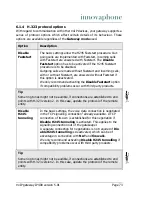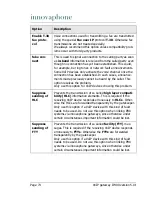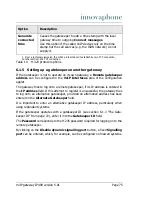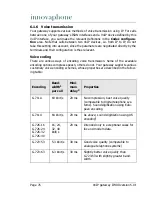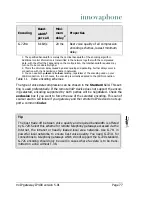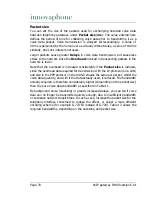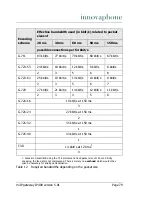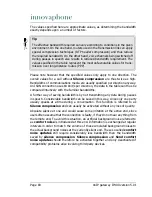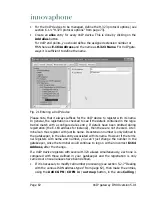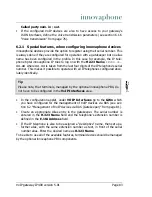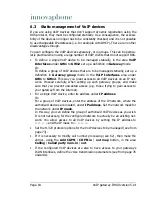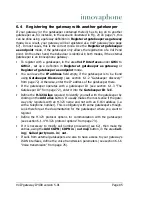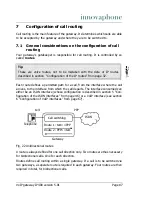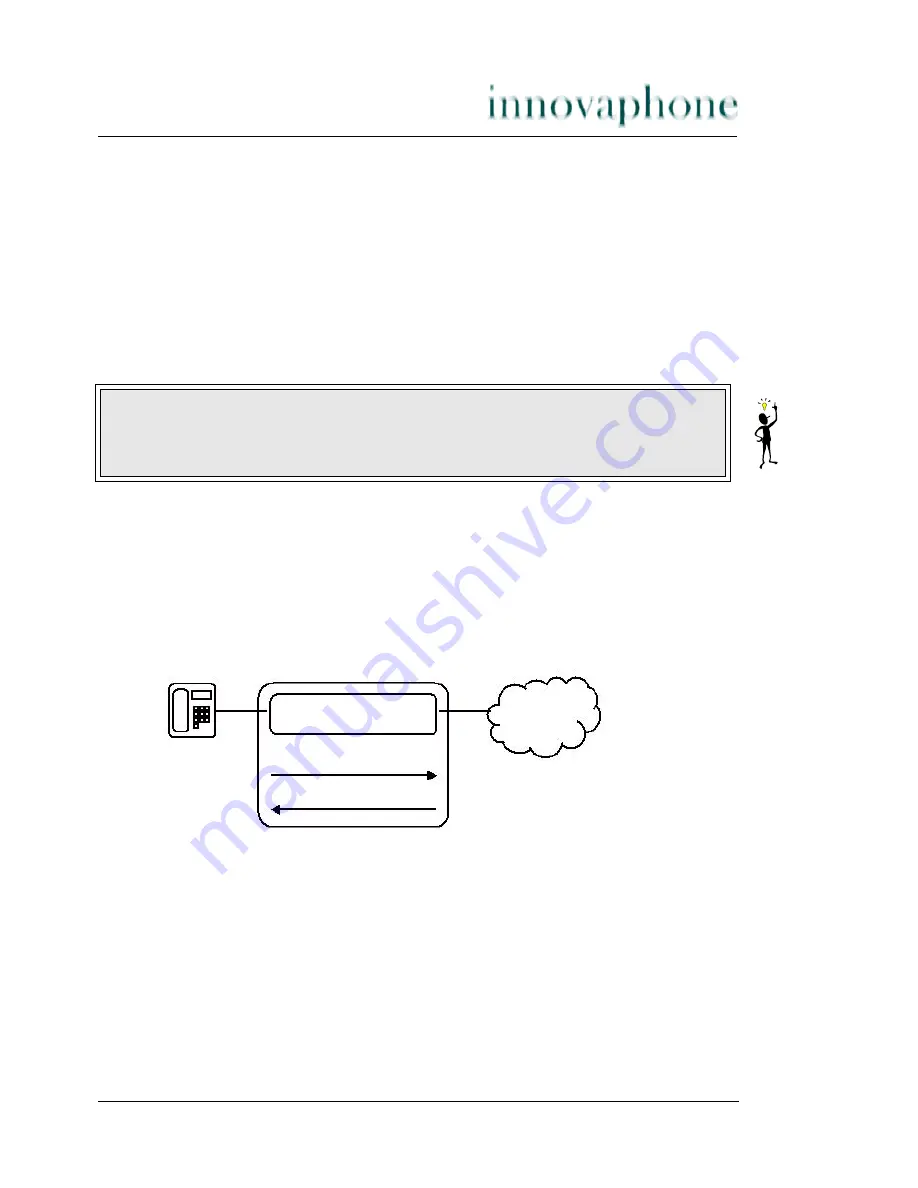
VoIP gateway IP400 version 5.01
Page 87
7
Configuration of call routing
Call routing is the main feature of the gateway. It determines which calls are able
to be accepted by the gateway and where they are to be switched to.
7.1
General considerations on the configuration of call
routing
Your gateway's gatekeeper is responsible for call routing. It is controlled by so
called
routes
.
Each route defines a permitted path for a call, from the interface where the call
arrives, to the interface from which the call departs. The interface concerned can
either be an ISDN interface (whose configuration is described in section 5 “Con-
figuration of the ISDN interfaces” from page 46) or a VoIP interface (see section
6 “Configuration of VoIP interfaces” from page 67).
Fig. 22 Unidirectional routes
A route is always defined for one call direction only. Two routes are thus necessary
for bidirectional calls. One for each direction.
Routes define call routing within a single gateway. If a call is to be switched via
two gateways, a separate route is required in each gateway. Four routes are then
required in total, for bidirectional calls.
Tip
These are voice routes, not to be mistaken with the data or IP routes
described in section “Configuration of the IP routes” from page 32.
ISDN
Telephone
Gateway
Route 2: PPP>>tel1
Route 1: tel1>>PPP
tel1
PPP
Call switching

